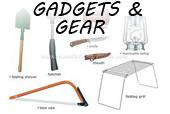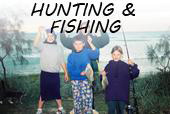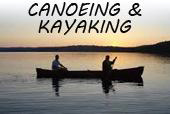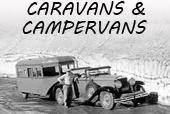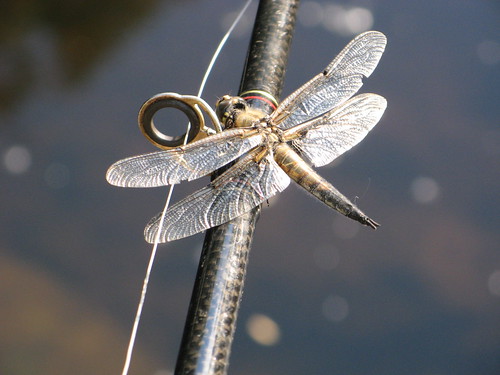
Crappie poles can make all the difference in your ability to reel in your large catches. If you choose the right crappie poles, you will have much greater success in your excursions to the lake for slabs. How do you determine what crappie poles you need for your particular location? First, you should check with local fishermen to see what their recommendations are. However, there are some general tips that you can follow to choose your crappie poles, lines, and rigs.
A limber crappie pole can produce great results because it is specialized for use in fishing for papermouths. The pole itself will be short on first sight probably around 2 feet long with a small reel at the base. However, if you give it a little slice through the air as though it were a sword, you’ll come out with a ten foot pole. Best results can be had by combining this particular pole with a number six long-shank hook at the end of the line and perhaps a split shot about six inches above the hook. Rig up a minnow, and cast out for some vertical fishing. These long jigging poles are a preference of many anglers. While you can find them at lengths up to sixteen feet, most range between nine and twelve feet, with ten foot crappie poles being the most popular. You can find old fashioned cane poles, telescopic jigging poles, and even graphite rods at these lengths.
Cane poles are typically made from synthetic materials, and you’ll often find that telescopic poles only have a line tied to their end. You may also find that this particular type of crappie pole is often matched with a tiny round reel that isn’t designed to cast far or to fight tough fish. Telescopic poles are probably the best choice for pure jigging purposes. In some models, the reels are actually built into the rod handle. Many of the long crappie poles come as multi-piece models that have to be assembled for use.
Using long crappie poles offer several advantages to anglers. For example, being able to reach out ten to twelve feet from the boat with your crappie pole allows you to fish vertically over heavy cover and brush, where crappie prefer to take cover. Also, when trolling, you can cover more area with a single run by having poles at varying lengths over the side, reaching not only down to different depths but out to various points in the water. However, the main advantage seen by most anglers is the ability to cast place your crappie poles pretty much anywhere and have the bait stay directly below the tip.





